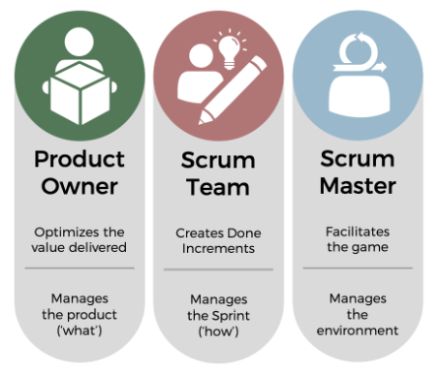
Zelfbenoemd Scrum-caretaker Gunther Verheyen beschrijft publicatie Moving Your Scrum Downfield - Six Essential Traits of the Game (pdf) treffend en compact de essentie van Scrum:
![]()
Scrum supports people in addressing complex challenges and derive value from them, with value being a very different purpose than volume is. Complex challenges are highly unpredictable and cannot be tackled with prede?ned or copy-paste solutions. Scrum is simple in the sense that it de?nes no more than a limited set of rules. That set is suf?cient to devise a way of working speci?c and ?tting to time and context, and continually optimize toward creating the most valuable outcomes. This does imply revising, adding, and improving work, management, people, and organizational practices.
(...)
In a nutshell, Scrum requires a Scrum Master to foster an environment where (repeatedly):
1. A Product Owner orders functions and solutions for value against an overarching product vision.
2. A Scrum Team creates valuable Increments of work against an overarching Sprint Goal.
3. All players ?gure out what to work on next and how to best organize for that.
(...)
Scrum’s DNA Scrum is grounded in the management principles of Self-organization and Empiricism. They are entwined and form Scrum’s DNA.
Self-organization asserts that the people undertaking complex work know best how to organize for that work. No external forces can do that better for them. Scrum sets the boundaries within which people are invited to use their intelligence and creativity to act with agility and collaboratively optimize for valuable outcomes.
Empiricism (or empirical process control) asserts that forward-looking decisions in complex work are best based on experience, observed results and outcomes of experimentation. Scrum implements empiricism via its methodical approach of inspection and adaptation upon transparency of the work being undertaken and results being produced. Scrum combines self-organization and empiricism by engaging people in sharing or acquiring insights and skills to collectively perform complex work, while employing an iterative-incremental approach to make the best possible progress. It requires players to regularly stop, re?ect, gather feedback, and learn from observation and inspection in order to continue or change course as needed, re-organize, improve, adapt.
(...)
How the six essential traits of the game are indicative of Scrum coming to life:
1. Scrum Is Simple, Yet Suf?cient. The players unfold the potential of Scrum by using the simple rules that apply and explore how tactics, interactions, behaviors, and the six essential traits make Scrum work.
2. Scrum’s DNA. The players form a self-organizing unit around the challenge of collectively creating observable, Done Increments of work, while employing empiricism to manage all work and progress.
3. Players Demonstrate Accountability. The players contribute to valuable system outcomes through spirited collaboration, and sharing and challenging rules, agreements, skills, practices, ideas, and viewpoints.
4. Transparency for a Flow of Value. The players use the Scrum artifacts to uphold transparency over all work done and work to be done, manage for a ?ow of value and preserve the ability to capitalize on unforeseen opportunities.
5. Closing the Loops. The players regularly and repeatedly close the many intertwined loops within a Sprint toward full closure by the end of a Sprint and preserving unburdened adaptability at the macro level.
6. The Scrum Values. The Scrum Values of Commitment, Focus, Openness, Respect, and Courage take prominence in the behaviors, relationships, actions, and decisions of the players and their ecosystem.
Bron: Moving Your Scrum Downfield - Six Essential Traits of the Game, Gunther Verheyen










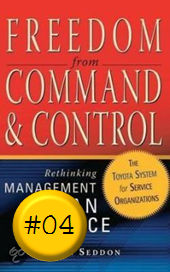
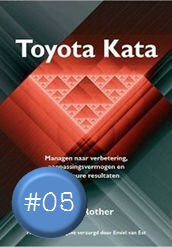

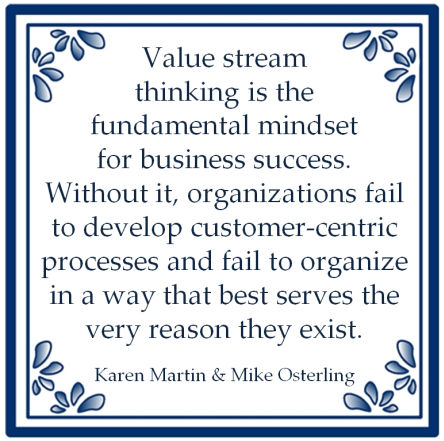


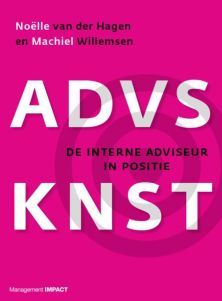




Reacties